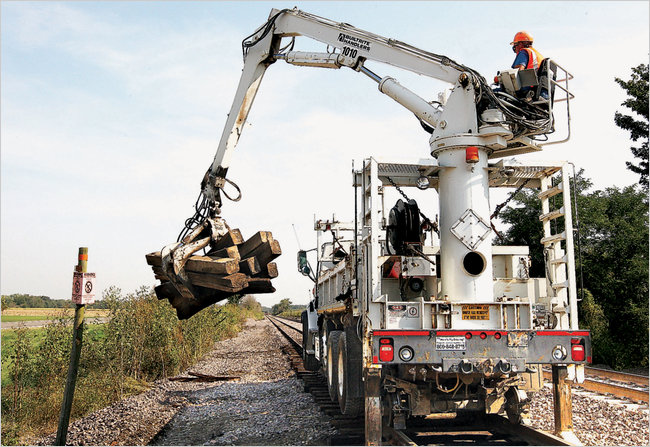What Recession? Amtrak’s NE Corridor Boosts Revenue, Confirms Growing Interest and Ridership for Rail
After years of sluggishnesses, there is a growing momentum for rail travel in this country and the Government is starting to realize the need for more investment in the rail sector. If there is any solid proof for demand, this had to be it: “Amtrak now enjoys a 65 percent share of the air-rail market between Washington and New York and a 52 percent share of the air-rail market between New York and Boston.” Now, can we get really serious and get real HSR along the NE corridor? If people get a taste of what it is like to travel at 220mph downtown to downtown at a reasonable price, without having to wait in security lines, and paying for extra baggage and stuff like that, then rail will become a truly viable option compared to aviation.
AMTRAK, America’s government-owned passenger rail company, has had a good recession. Ridership and ticket sales have steadily increased—presumably as people realise that comfortable seats, city-center-to-city-center travel, and less security theatre are all good things. Amtrak’s fiscal year 2010 continued the trend. The company carried 28.7 million riders, up 5.7% from FY 2009, and revenues from ticket sales were $1.74 billion, up 9% from last year. Almost 40% more people rode Amtrak this year than did in 2000.
Ridership along the corridor was up 4.3%, while ridership on the corridor’s “high speed” Acela trains was up 6.5%. (Since business travellers favor the Acela, the good numbers there are a sign that business travel is fuelling Amtrak’s growth.) “Amtrak now enjoys a 65 percent share of the air-rail market between Washington and New York and a 52 percent share of the air-rail market between New York and Boston,” the company said in a press release [PDF].


